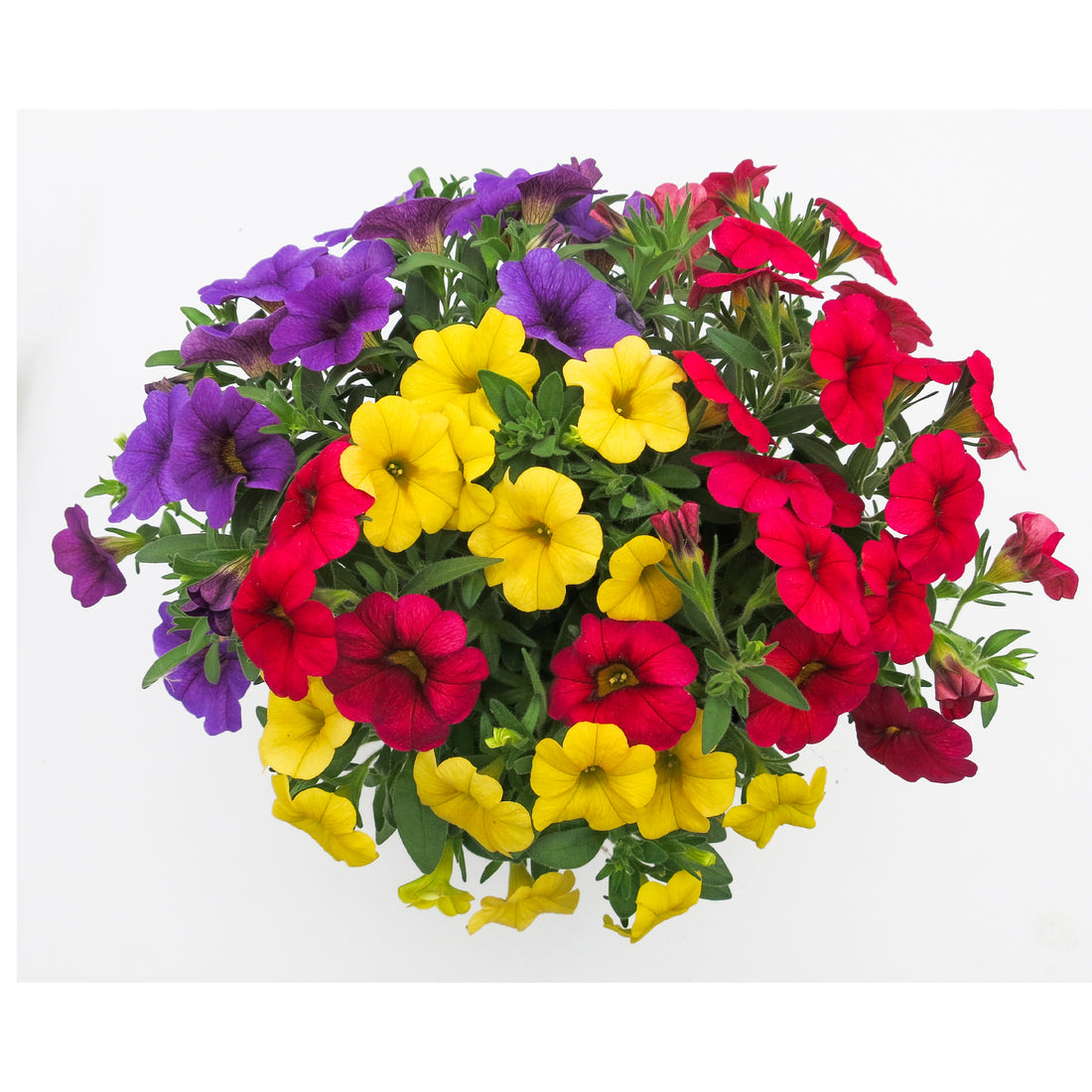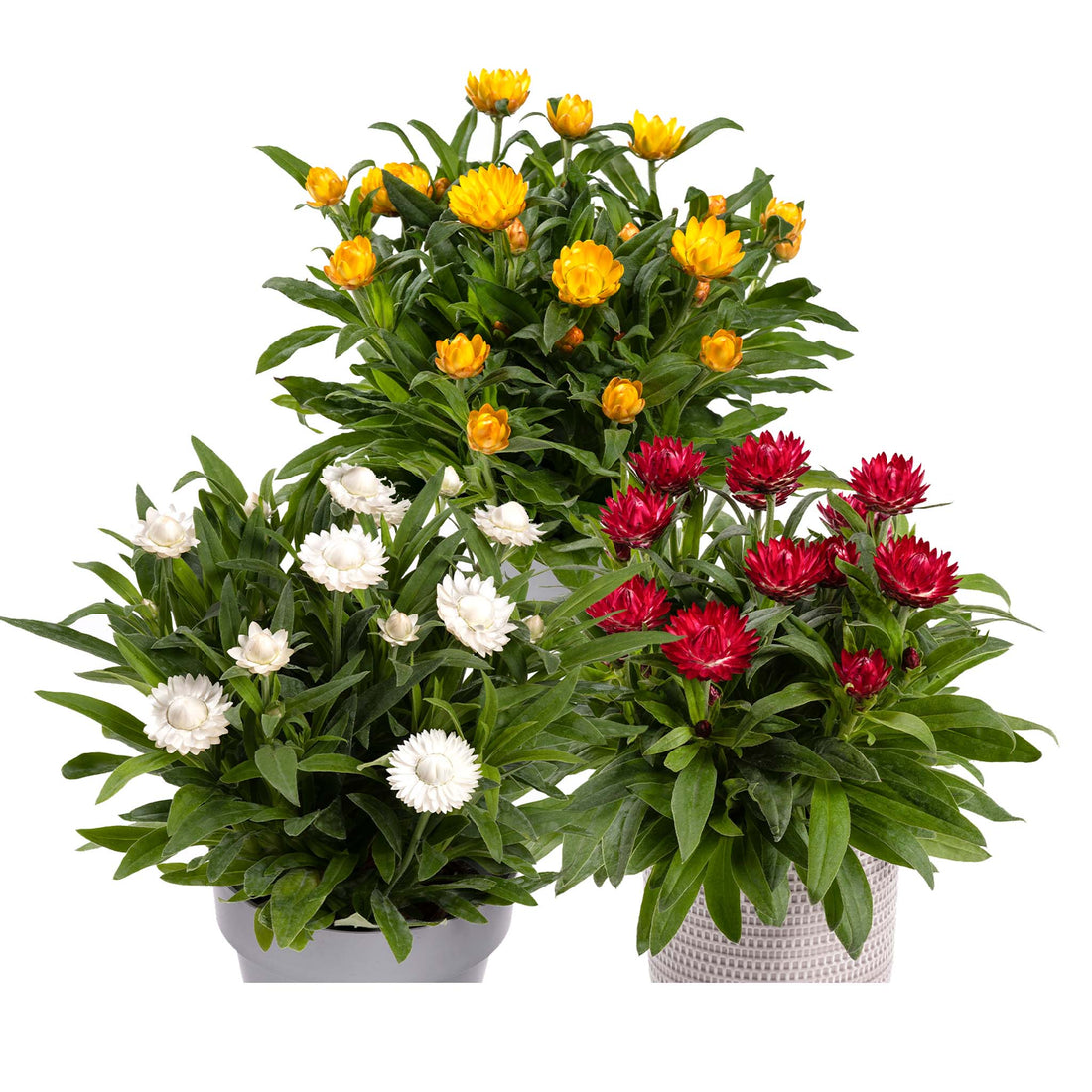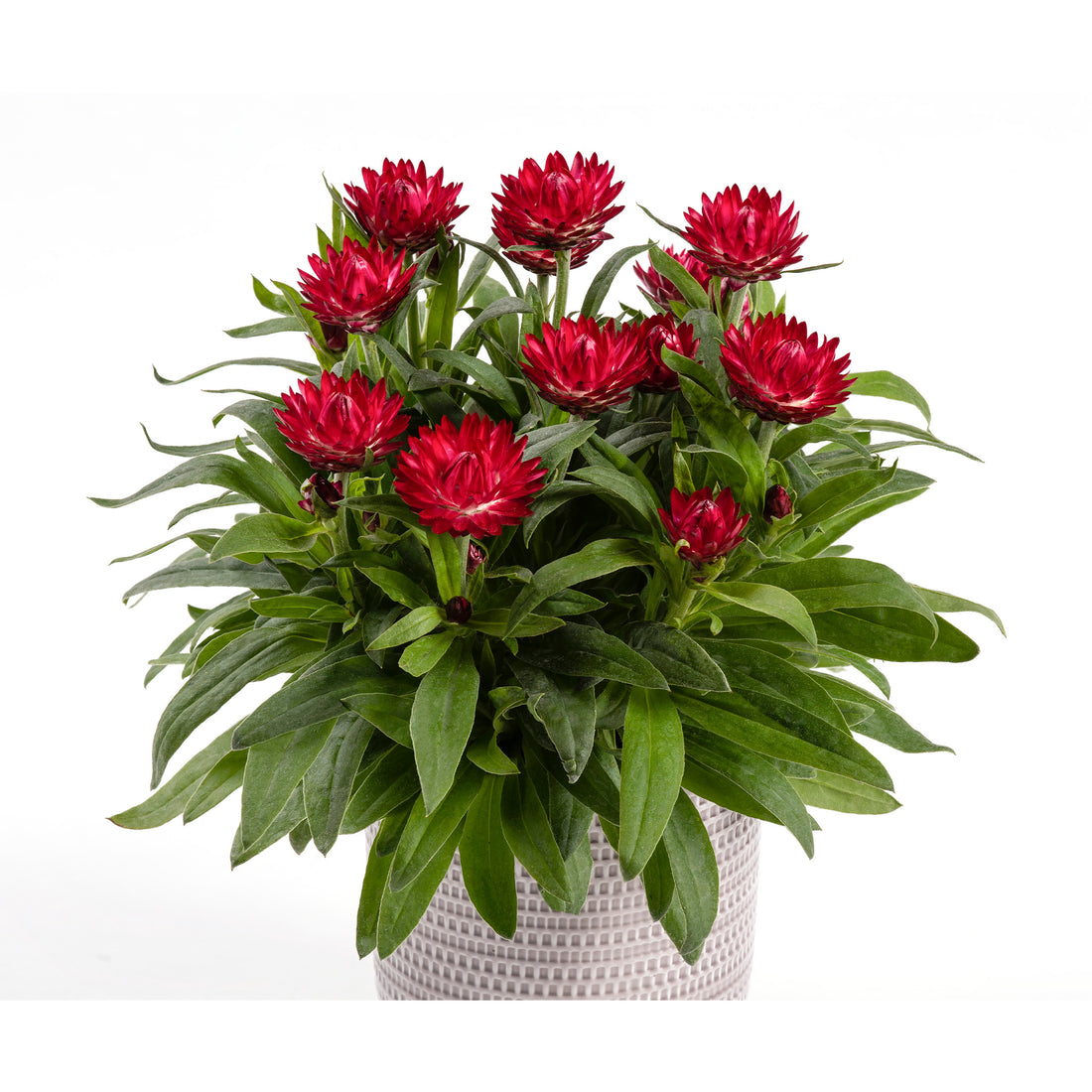Hi everyone! Welcome to this week's A 5 Minute Friday, where today we're chatting all about potting up your lupins, specifically those cracking West Country varieties. You might have picked up one of these beauties in a little nine-centimetre pot, and now you're probably scratching your head wondering what the next step is. Well, fear not! Today, we'll be going through how to pop them into a bigger container, how to look after them properly, and a few handy tips and tricks to really get the best out of them.
Compost is Key, Mind You
Now, lupins aren't overly fussy sorts, but they do appreciate a well-drained multi-purpose compost. A good quality peat-free one will do the job nicely. We always plant in peat-free, and it's crucial to make sure there's plenty of drainage in there, because they really don't like sitting in the wet, especially over the winter months.
Getting the Timing Right is Key
The best time to get your lupins potted up is in the spring or early summer, when they're actively growing and will really take off. This also gives them plenty of time to flower their socks off and establish a good strong root system before winter rolls around.
Container Size: Getting it Just Right
When it comes to moving your lupins into a container, if you're starting with a nine-centimetre pot like yours truly, a cracking size to aim for is around 30 centimetres, or about 12 inches. Lupins like a fair bit of room, and they'll put on a really decent amount of root the larger the container. Too big a container can be an issue as it can stay too wet, but this 30-centimetre size is absolutely spot on, and you'll still get a fantastic display from a pot that size in diameter.
Now, Let's Get Potting Up Your Lupin - Step by Step
-
Easy Does It: Gently ease your lupin out of its nine-centimetre pot. The best way to do this is to gently squeeze the sides of the pot, pop your hand over the top of the compost, and tip the plant out nice and carefully.
-
Prep Your New Home: Fill your chosen container with that good quality compost we were talking about earlier, leaving a little gap at the top – about a centimetre or two from the rim is perfect.
-
Pop It in the Centre: Make a hole in the centre of the compost that's just a tad bigger than the root ball. This means you can gently place your lupin into the compost without squashing it. The more you compress the compost, the slower the plant will get going, so just place it in and then gently tuck the compost around the sides.
-
Watering Time: The last thing to do is give your lupin a good drink. You almost can't overdo it at this stage. Remember, it's just had a bit of a stressful time being moved from its old home to a new one, and moving house is always a bit of a faff, isn't it? So a good watering is just the ticket.
Looking After Your Lupin Plant
-
Watering: This is essential, especially on those scorching hot days. Keep the compost nice and moist, but don't let it get waterlogged. Water more frequently when the weather's really warm.
-
Feeding: Lupins don't need a massive amount of grub compared to some other plants, but a light feed with a general-purpose fertiliser in the spring is usually plenty. If you've used good quality compost, there'll be some natural goodness in there anyway. When your plant is in full flower, especially with loads and loads of blooms, a gentle feed can help keep it going strong.
-
Deadheading: Once the flowers have faded, snip the flower spikes right down to the base. This encourages the plant to produce even more lovely flowers, which is, after all, why we grow these fantastic plants!
-
Staking: Taller West Country lupin varieties might need a bit of support to stop them from being blown over, especially if you live in a really open spot that gets a lot of wind.
Looking After Them for the Long Haul
Lupins are generally hardy perennials and can cope well with UK winters. This means they'll come back relatively easily, but here are a few pointers to help make sure they sail through the colder months:
-
The Big Thing to Watch Out For is Soggy Roots: Lupins really don't like sitting in soggy compost throughout the winter or the colder spells. Make sure your compost has plenty of drainage to prevent this from happening.
-
Potted Lupins Need Shelter in the Cold: If you're growing your lupins in containers, like I am, it's a good idea to pop them in a more sheltered spot when the weather gets really, really cold. Plants in the ground have the benefit of the earth's insulation, which potted plants don't get as much of.
-
Raise Those Pots! Remember, if your lupins are in pots over winter, try to raise the pots off the ground. At the very least, make sure your pots have good drainage holes, as sometimes the drainage holes in pots can get blocked and hold water.








